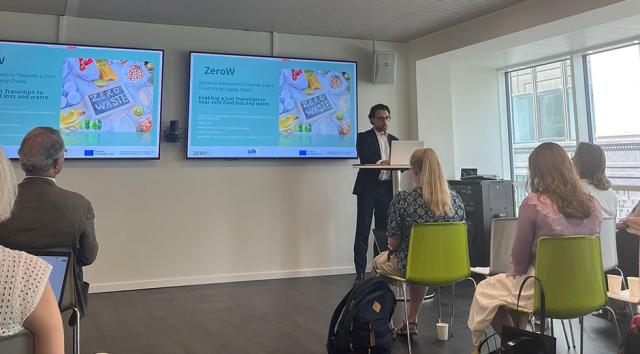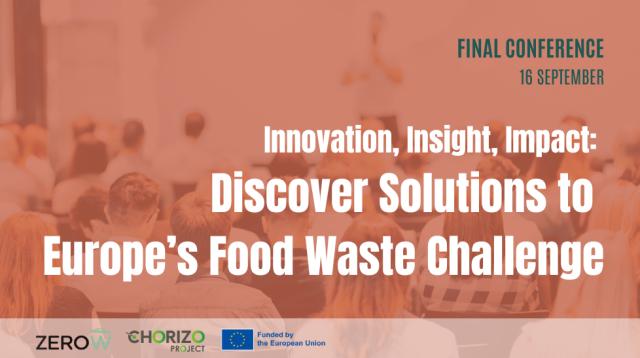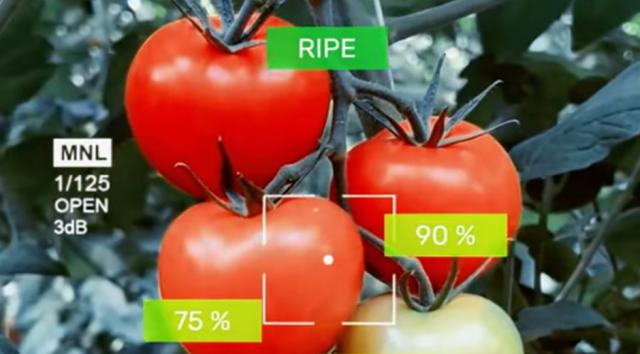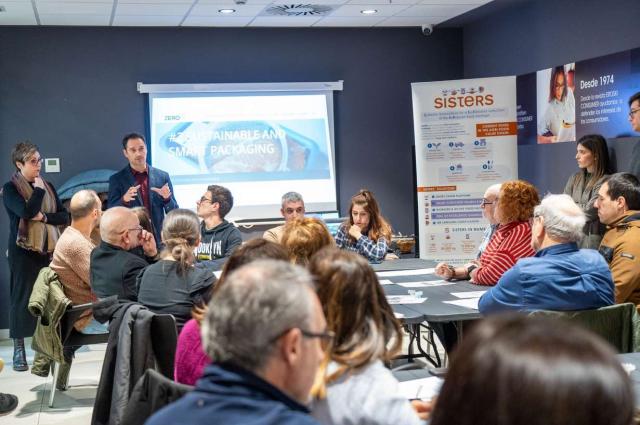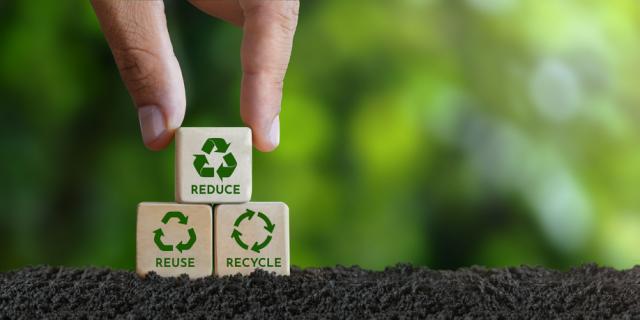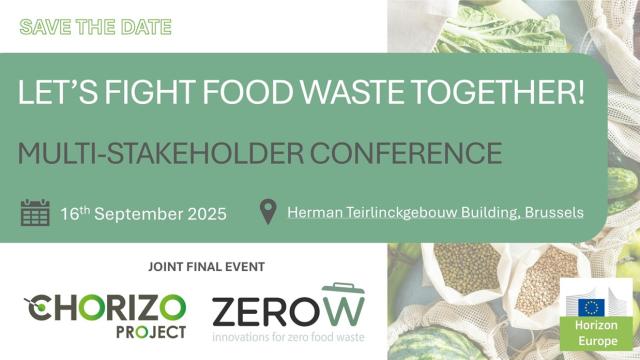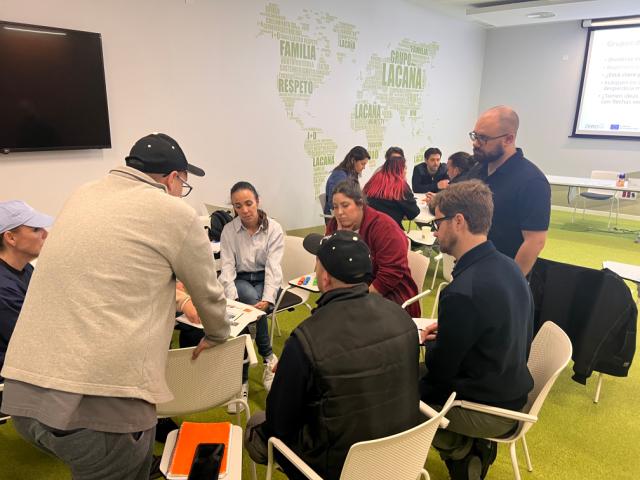ZeroW progress during the first 18 months of the project delivery
In this short overview, ZeroW Project Coordinator Anna George gives an update on the progress of the ZeroW project including results and achievements from the first year and a half of the project period.

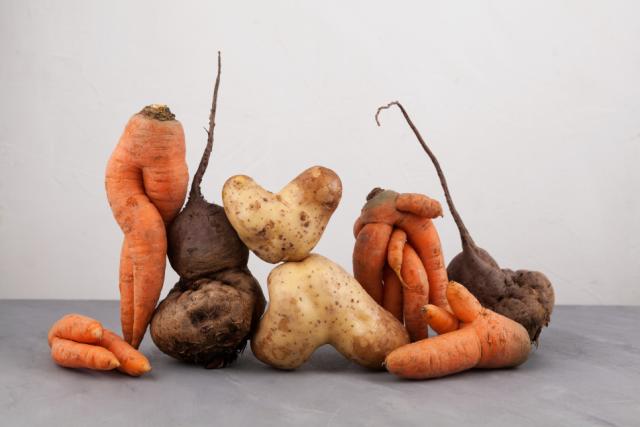
As a first step, the project has identified the FLW systemic innovations maturity gaps and provided clear guidance how to address them.
Then the Systemic Innovation Readiness Level (SIRL) tool was developed to assess innovation progress in the Living Labs and is also used as a planning instrument to ensure progress is achieved in all identified innovation dimensions.
How far are the Systemic Innovations Living Labs (SILLs)?
All the 9 Living Labs, which we call Systemic Innovations Living Labs (SILLs) have been set up and started working.
Each SILL has been following its strategic plan (created in month 3 and updated in months 10 and 18) and by month 18 has achieved the following:
- SILL1 Farm to Fork Food Loss and Waste monitoring & assessment platform: The architecture of the platform to collect FLW data which will be piloted and tested in Romania and Slovenia is completed. A model was created to see how FLW can be calculated based on existing data and the different data collection methods in the two countries. The platform initial user interface was developed and implemented, including interactive dashboards to visualise the data.
- SILL2 Innovative sustainable and smart packaging for fresh fish: quality and consumer acceptance requirements have been defined by the retail partner. Based on that multiple designs of the tray were developed and tested. Specific biodegradable and compostable material was developed to match those requirements. A special permeable film is under development to separate the exudate from the fish. The smart element in the packaging is a bioactive label, that changes its colour depending on the state of the food to indicate whether it is still good for human consumption. The ink has been developed and tested and is in process of refinement, together with the coating of the packaging film. The smart application that will allow the store employees to monitor the condition of the products through reading the smart label with smart devices (phones/tablets) and link with the store management system is also under development.
- SILL3 Wasteless greenhouse solutions for (pre)harvesting aligned with short-term downstream demand: SILL3 has got a detailed insight into the commercial greenhouse tomato growing. A tomato image database was created, which includes the following: gathering raw data gathered (270 GB), various periods of the season, multiple varieties of tomatoes, various sizes, and different levels of ripeness. Moreover, machine learning models were constructed with the following functionalities: tomato detection, ripeness level identification, ‘substandard‘ tomato identification, tomato counting, automatic weighting (ongoing), and yield prediction (ongoing). SILL3 has also developed two software programs, one dedicated to data collection (system operator) and an end-user platform, showing analysis results.
- SILL4 Mobile food valorisation as a service :The preparatory work completed during the 18 months included work on the planning tool matching available feedstock with processing capacity. SILL4 collected data the on availability of fruit and vegetable feedstock in Flanders that can be processed by the mobile unit. Significant engagement with stakeholders has led to formulating the 4 most promising use cases for the mobile processing unit. SILL4 has been optimising the processing and the consumer product development, looking into several research questions (for example, trials of ways to optimally use underutilised fruit species, comparing processing mix of feedstock vs. mixing mono-juices, and so forth). Those will also feed into the sustainable business models to be prepared as part of the Mobile food valorisation as a service evaluation process. Lastly, the SILL worked on raising awareness by interacting with (local) policy makers, business, entrepreneurs and other stakeholders.
- SILL5 Ugly food early identification, shelf-life assessment & alternative valorisation: Multiscan sorting platform was developed and later assembled and installed in GLC premises, where the staff was trained how to operate it. The data collection protocol has been designed and the Image Dataset is collection has been in progress. Testing was performed with tomato samples, identifying parameters such as weight, brix, temperature, shape, colour, and shelf life. This allows the dataset enrichment with new samples, produce more accurate models and add new sorting parameters.
- SILL6 Food waste reduction through advanced data-driven production process control & optimisation in poultry meat processing facilities. Three specific use cases were defined and finalised (called Apps). App1 (raw material) – Determination of salt in minced meat through portable NIR sensor, App2 (advanced intermediate) – Determination of nitrites in turkey chop pieces through portable NIR sensor, and App 3 (intermediate process) – Control and optimisation of injector performance through intelligent data analysis. In the first reporting period, App 1 was executed at 90% (first functional prototype available) and App 3 was initiated (exchange of data available, debate the incorporation of new sensors and interaction with advanced applications developing partners for support).
- SILL7 Food waste reduction through efficient food bank networks: Achieved collaboration with a retailer, local foodbank, and a national food bank (Dutch food banks). Through this, the SILL has access to points of sales data, waste, donation potential, current waste amounts, operational processes, logistics operations processes. The publishing of two journal papers and continuous involvement of master’s program students will contribute to the food bank operations handbook to be developed by the SILL. Work has also been done on an investment model for national/local food banks as part of a Decision Support System Toolbox. Furthermore, the SILL is developing and validating its donation tool and expanding its collaboration with stakeholders.
- SILL8 Retail food waste valorisation through algae production for high-value applications: in the first 18 month the SILL worked on the in-store pre-treatment process development, which includes a number of steps from the management of FW generated in-store to output compound accommodation. Understanding of how the handling of the pre-processed compound and its storage affects its quality was achieved through series of testing. Further testing is planned to complete the knowledge on logistics impacts. SILL8 also conducted compound characterization, nutritional value analysis, and valorisation studies, which culminated in preliminary microalgae growth tests. These tests yielded promising results that validate the potential for valorization. Valuable conclusions were obtained through two demonstrations (Round 0 in months 5-6 and Round 1 in months 15-18), allowing the partners to see what the main challenges were and how to address them further.
- SILL9 ‘Fork to Farm to Fork’ (3F): Informing and nudging consumers to make better choices through reverse (dietetics) and forward (FLW, sustainability, affordability) optimisation: SILL9 did research and made steps aimed at reducing FLW at consumer level, raising consumer awareness, and developing weekly recipes. The SILL developed a menu planning model, which relies on data such as LCA data, dietary reference values, package data, and so forth, as well as model settings (number of days per menu and household size). Taking into consideration all the decision variables, constraints, and objectives, the output is the optimal menu plan and shopping list. In the first 18 months, SILL9 was able to design a weekly menu and reduce consumer waste from approximately 38 grams per person per diner per day to significantly less.
Framework for evaluating the impacts of the systemic innovations
In parallel with the SILLs advancements, a framework was established for evaluating the impacts of the systemic innovations, that was documented in the Impact assessment methodology report. Specific baseline datasets for the assessment of each SILLs were defined and collected and analysis is underway to help steer the innovations towards achieving the ambitious impacts and objectives of the project.
Enhancing the SILLs innovation advancement capability
Furthermore, the consortium has been working on enhancing the SILLs innovation advancement capability through the development of shared resources facilitating new ways and means of cooperating and co-developing innovations.
The project’s Big Data Infrastructural Services (BDIS) and 0FLW dataspace were delivered and have been actively used by the Living Labs. Additionally, the SILLs requirements for smart applications, machine learning algorithms and AI have been collected and their implementation is under way through close cooperation between the SILL partners and the software and algorithms providing partners.
In addition to that, an innovation diffusion model has been under development to underpin the scaling up trajectories for the systemic innovations. In addition to that, understanding of actors’ incentives and critical success factors identification has been planned through a series of workshops involving stakeholders in regions with potential to engage in FLW innovation.
Sustainable exploitation routes
The work on the sustainable exploitation routes for the projects results started early in the project with an in-depth market analysis of the four clusters in which the innovations have been grouped: IT platform, Pre- and post-harvest innovations, Food processing innovations and Wholesale, retail and consumer innovations. Work on the commercial exploitation and growth trajectory is under way with customer validation, solution alignment under development, possibly leading to the provision of currently missing end products and services that align with consumer attitudes, food actor needs and policy trends. The work to manage and protect the strategic IP created withing the project is progressing in parallel. The advancement beyond the state of the art has been carefully monitored and documented in the Key Exploitable Results register and the grounds for the expected patents filing has been put.
Identifying alternative near-zero FLW pathways
To establish a clear ‘FLW impact trajectory’ steered through a ‘just transition pathway’ towards a near-zero FLW in 2050, the team has started work on identifying alternative near-zero FLW pathways through direct engagement with stakeholders in working groups for Policy, Consumer and Innovations areas.
This work has been underpinned by in-depth literature review of existing and planned regulations, analysis of barriers identified by food supply chain actors through the work of the SILLs and the development of FLW economic model. The later will be used as a validation tool for the impact of the FLW operational & policy interventions at the meso- (food sector) and macro- (EU) levels.
Collaborative activities
The ZeroW holistic and systematic approach to prevent and decrease FLW is supported by extensive collaborative activities with the rest of the projects, funded under the same H2020 call, as well as a wide number of other related projects and initiatives.
The project is an active member of GD-SO, CCN and Food2030 networks and is working to establish closer collaboration on technical level with some of the sister projects. Furthermore, ZeroW has been contributing to the Open Research approach by publishing gold access articles (4 produced in the first 18 months), practice abstracts and as well as making available its non-commercially sensitive results through the project website and Zenodo open repository.
Through its live social media accounts and actively generated content by the Consortium members ZeroW is raising awareness and communicating with the wider stakeholders.

